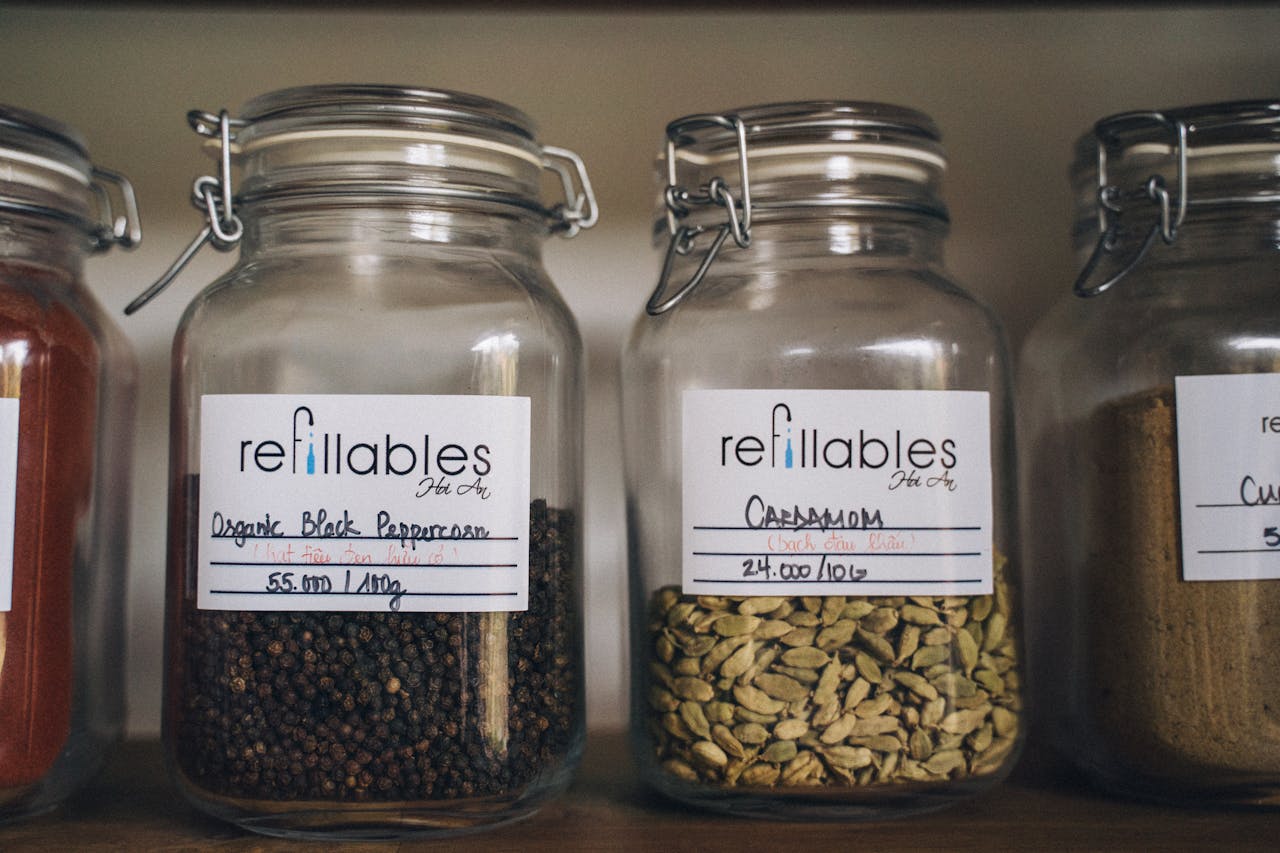Jar labels serve as the first point of contact between your product and customers. For UK businesses, creating effective jar labels means balancing regulatory compliance with eye-catching design that drives sales. Whether you’re a small artisan producer or an established food manufacturer, understanding the labelling landscape can make the difference between products that sit on shelves and those that fly off them.
This guide covers everything UK businesses need to know about jar labels, from mandatory regulations to cutting-edge printing technologies that help your products stand out in competitive markets.
UK Regulations and Compliance for Jar Labels
Food labelling regulations in the UK follow strict guidelines established by the Food Standards Agency (FSA) and retained EU legislation post-Brexit. All jar labels must display certain mandatory information, including product name, ingredients list, allergen warnings, net quantity, and best before or use by dates.
If you need custom or ready-made labels, I recommend searching on Google using the keyword “jar labels UK” to explore suppliers and designers across the country.
Allergen information deserves particular attention. The Food Information Regulations require any of the 14 major allergens to be clearly highlighted in the ingredients list, typically through bold text or underlining. Failure to properly declare allergens can result in serious legal consequences and pose health risks to consumers.
Additional requirements apply depending on your product type. Honey producers must indicate country of origin, whilst jam manufacturers need to show fruit content percentages. Nutritional information becomes mandatory for most pre-packed foods, though some small businesses may qualify for exemptions.
Trading Standards offices across the UK actively monitor compliance, conducting regular inspections and investigating consumer complaints. Non-compliant labelling can result in hefty fines, product recalls, and significant damage to brand reputation.
Material and Design Considerations
Selecting appropriate label materials directly impacts both durability and visual appeal. Waterproof vinyl labels work well for products stored in refrigerated conditions, whilst paper labels with protective coatings suit ambient storage items.
Adhesive strength matters considerably for jar applications. Permanent adhesives prevent label peeling during transport and storage, whilst removable options appeal to environmentally conscious consumers who prefer recyclable containers.
Design elements should prioritise readability whilst reflecting brand identity. High contrast between text and background colours improves legibility, particularly important for mandatory information like allergen warnings. Font sizes must meet minimum requirements – generally 1.2mm for most text elements.
Colour psychology plays a vital role in consumer purchasing decisions. Green often suggests natural or organic products, whilst red can indicate spice levels or premium positioning. Consider how your chosen colours appear under different lighting conditions, as supermarket fluorescent lighting can significantly alter colour perception.
Printing Options and Technologies
Digital printing has revolutionised small-batch label production, offering cost-effective solutions for artisan producers and startups. Variable data printing allows customisation of individual labels, perfect for limited edition products or personalised gifts.
Flexographic printing remains the preferred method for large-volume runs, delivering consistent quality at competitive unit costs. This traditional technique works particularly well for simple designs with solid colours and basic text elements.
UV inkjet printing represents the latest advancement in label technology, providing exceptional print quality with enhanced durability. UV-cured inks resist fading and moisture better than conventional alternatives, making them ideal for products with extended shelf lives.
Hot foil stamping adds premium finishing touches that catch consumer attention. Gold or silver foil elements suggest quality and craftsmanship, justifying higher price points for artisan products.
Creating Labels That Drive Sales
Professional jar labelling requires careful attention to regulatory requirements, material selection, and design principles. UK businesses that invest in high-quality labels often see improved sales performance and stronger customer loyalty.
Success comes from understanding your target market whilst meeting all legal obligations. Whether you choose traditional printing methods or embrace cutting-edge technologies, your labels should accurately represent your brand values whilst encouraging purchase decisions.
Ready to transform your product presentation with professional jar labels? Contact our experienced team today to discuss how we can help your products capture customer attention and drive sales growth.


